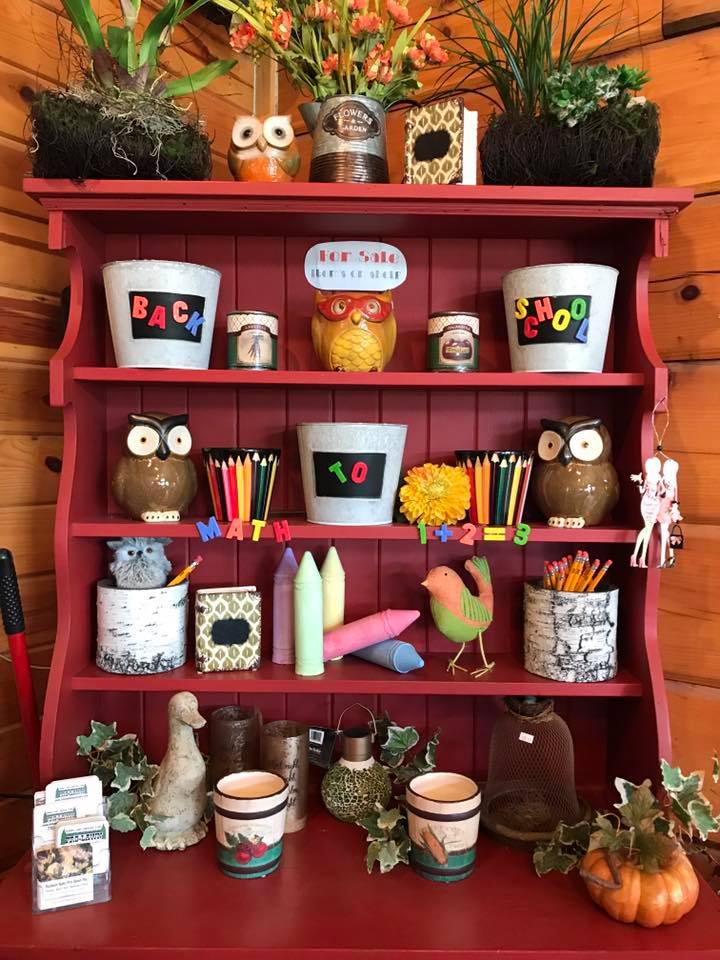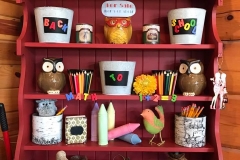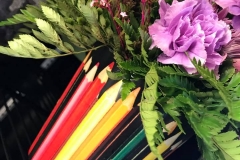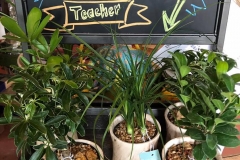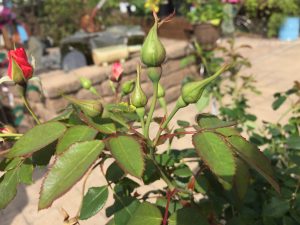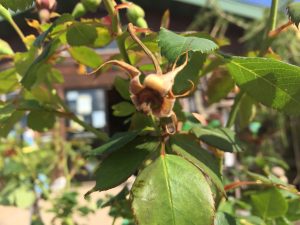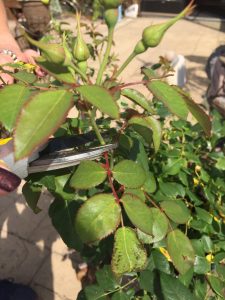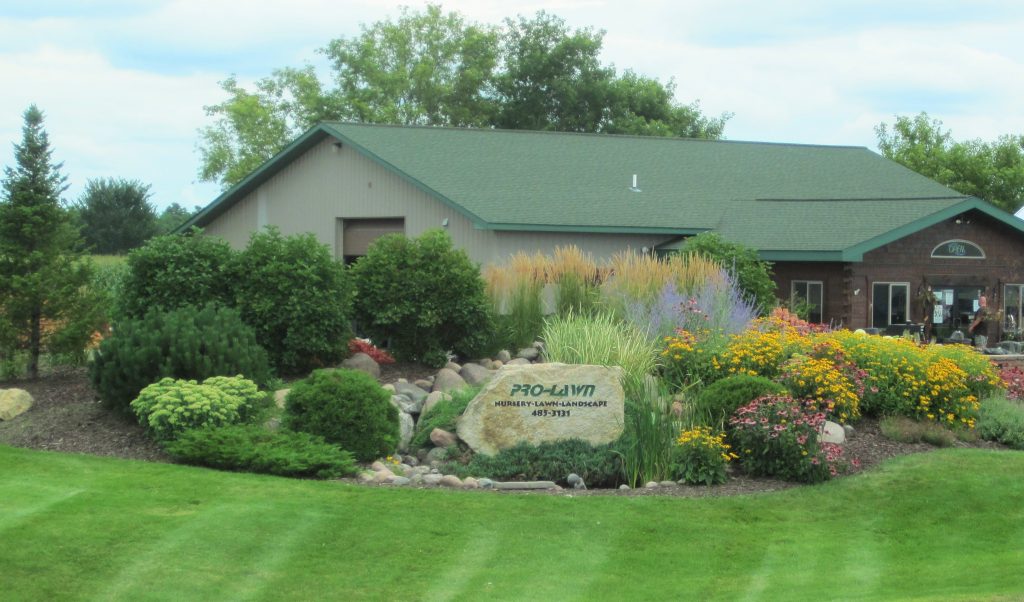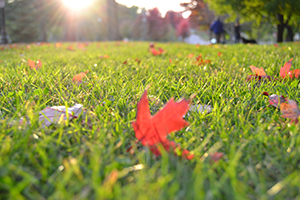
Autumn is an important season for turf management. During shorter days and cooler nights, turf begins to grow vigorously, filling in open areas, becoming more dense, and accumulating carbohydrates efficiently.
Experts agree it is important to apply a final round of fertilizer before the on-set of winter. This ensures turf roots remain healthy and allows the lawn to store food for winter. It also replenishes the nutrients used up over the summer and allows the plant to re-estabilsh itself after heat stress. Most importantly, the energy stored from fall fertilizer promotes better spring green-up the following year.
September is the best time to apply granular fertilizer to your lawn while overseeding. The benefits of this added step will increase energy reserves, build deeper roots, improve spring color, and reduce diseases. A well-developed grass root system can slow or prevent leaching of chemicals and some nutrients. Our Winterizer is a 8-9-6 and does have some phosphorus, so it is best to apply at the same time as your are overseeding your yard! Our stock has just arrived: stop in soon to get your winterizer and grass seed!
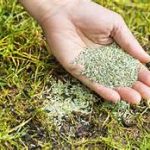
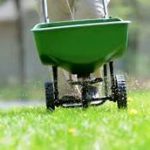
For DIY overseeding, we recommend 4-6 lbs of seed per 1000 sq ft. If you are installing a new lawn, we recommend 7-9 lbs of seed per 1000 sq ft.
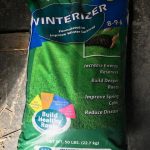
Apply Winterizer at 5 lbs per 1000 sq ft. and apply at the same time you are overseeding, or seeding an entire lawn.
One last thing: stop in to pick up your bag of Winterizer and grass seed soon!
If you have any questions, please feel free to email us: info@balsamlakeprolawn.com or call us at 715-485-3131
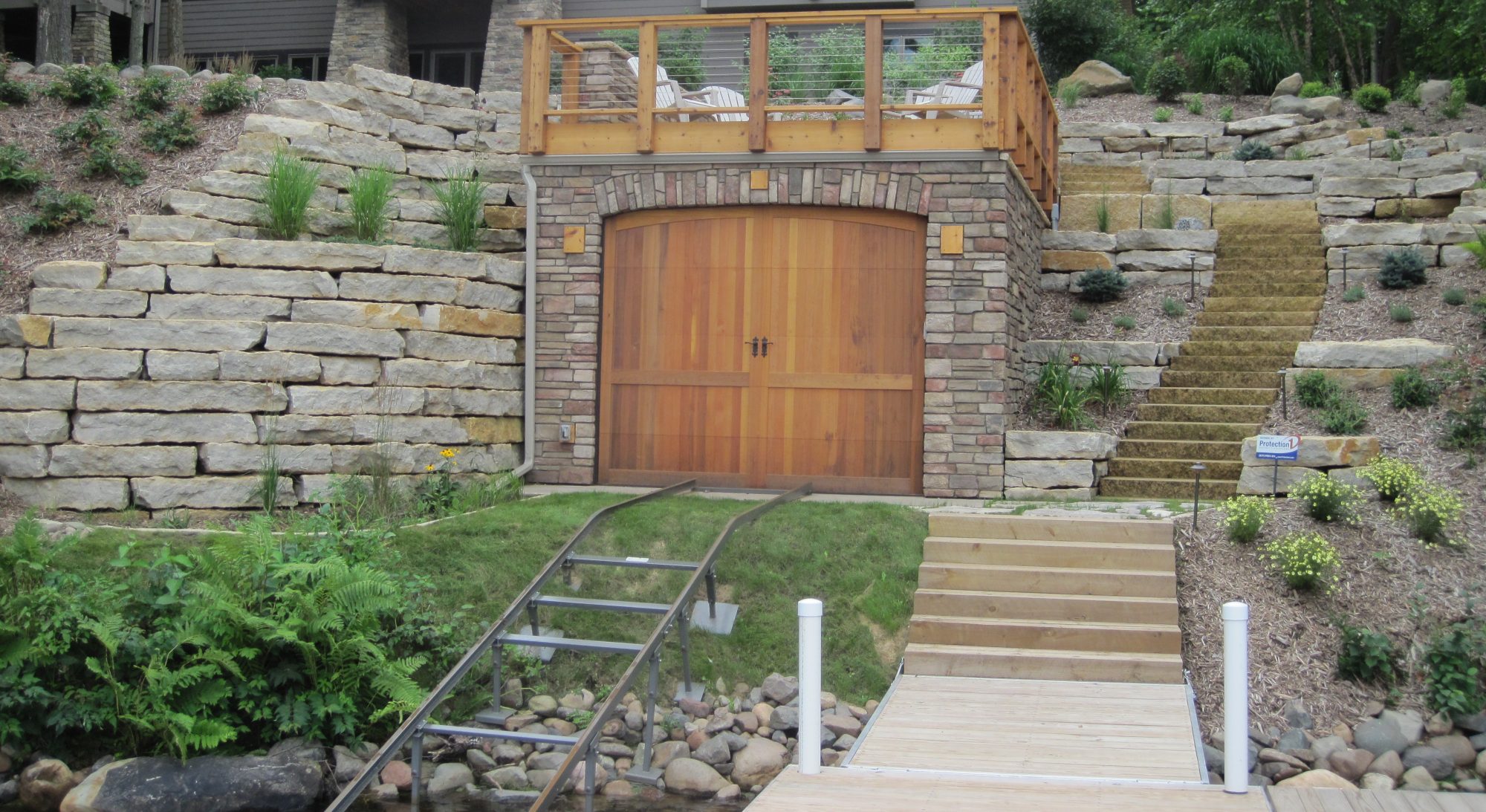
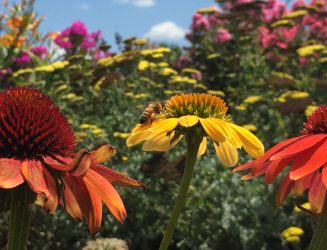
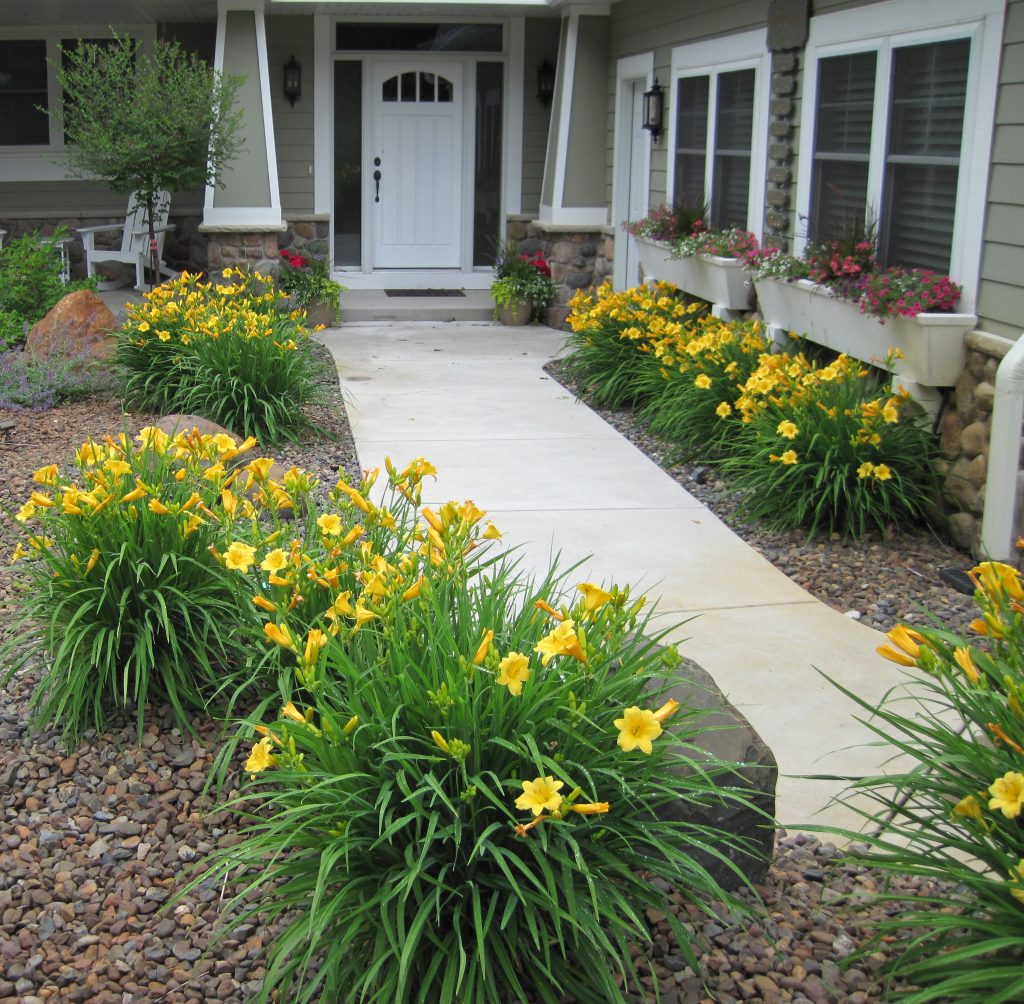
 Deadheading:
Deadheading: 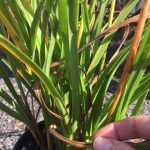 Daylily leaves frequently dry out, turn yellow, and/or flop to the ground. Easily remove dried-out foliage at the base of the plant with just a quick sweep of your hand. Cut away yellowing leaves with a hand-pruner. If your daylilies have flopped over, cut the foliage back to the desired height. For fall clean-up, cut all daylily foliage to 6 inches. Removing old foliage allows your daylilies to reserve energy for their roots for the winter and reduces the amount of work required for spring clean-up the following year.
Daylily leaves frequently dry out, turn yellow, and/or flop to the ground. Easily remove dried-out foliage at the base of the plant with just a quick sweep of your hand. Cut away yellowing leaves with a hand-pruner. If your daylilies have flopped over, cut the foliage back to the desired height. For fall clean-up, cut all daylily foliage to 6 inches. Removing old foliage allows your daylilies to reserve energy for their roots for the winter and reduces the amount of work required for spring clean-up the following year. 